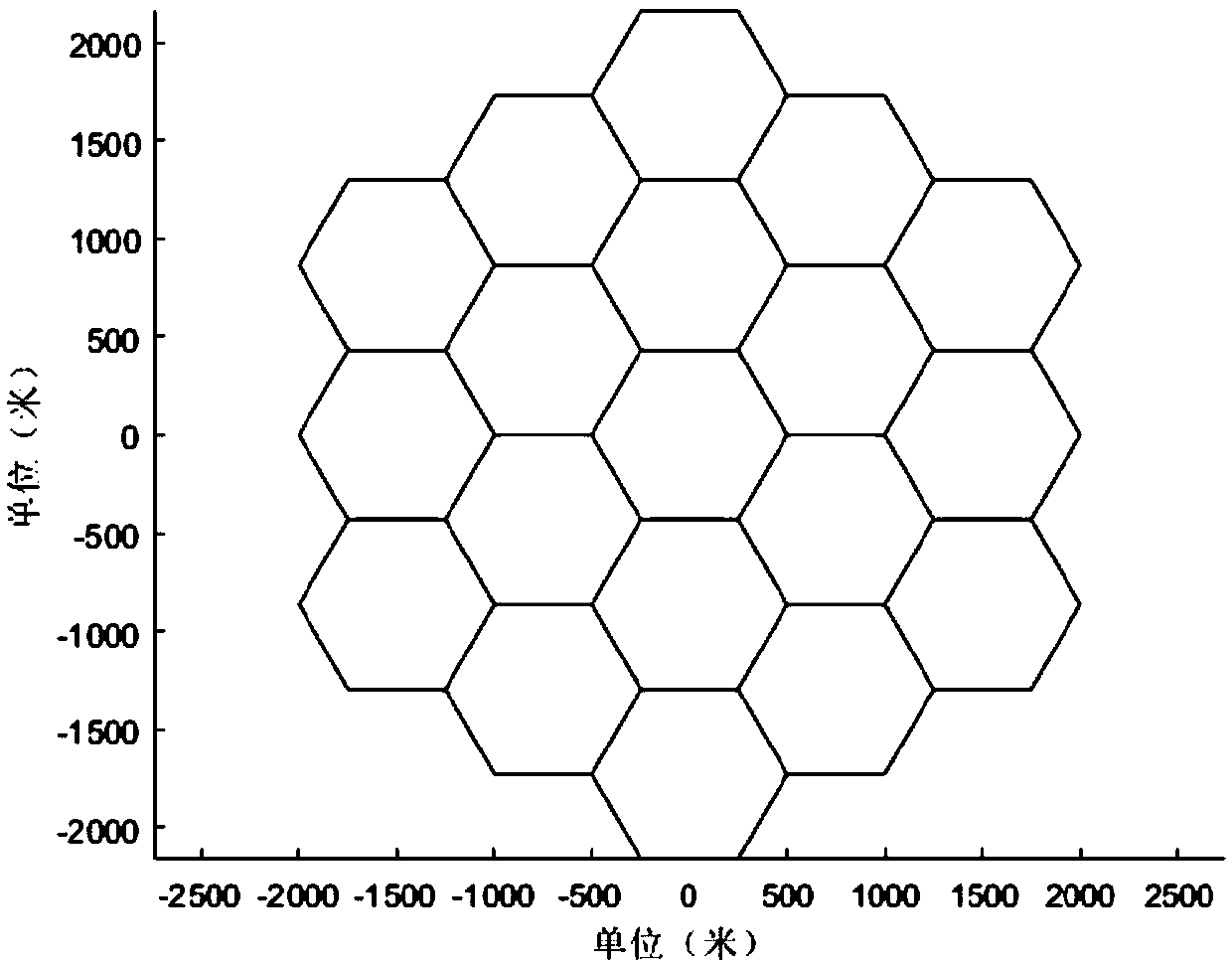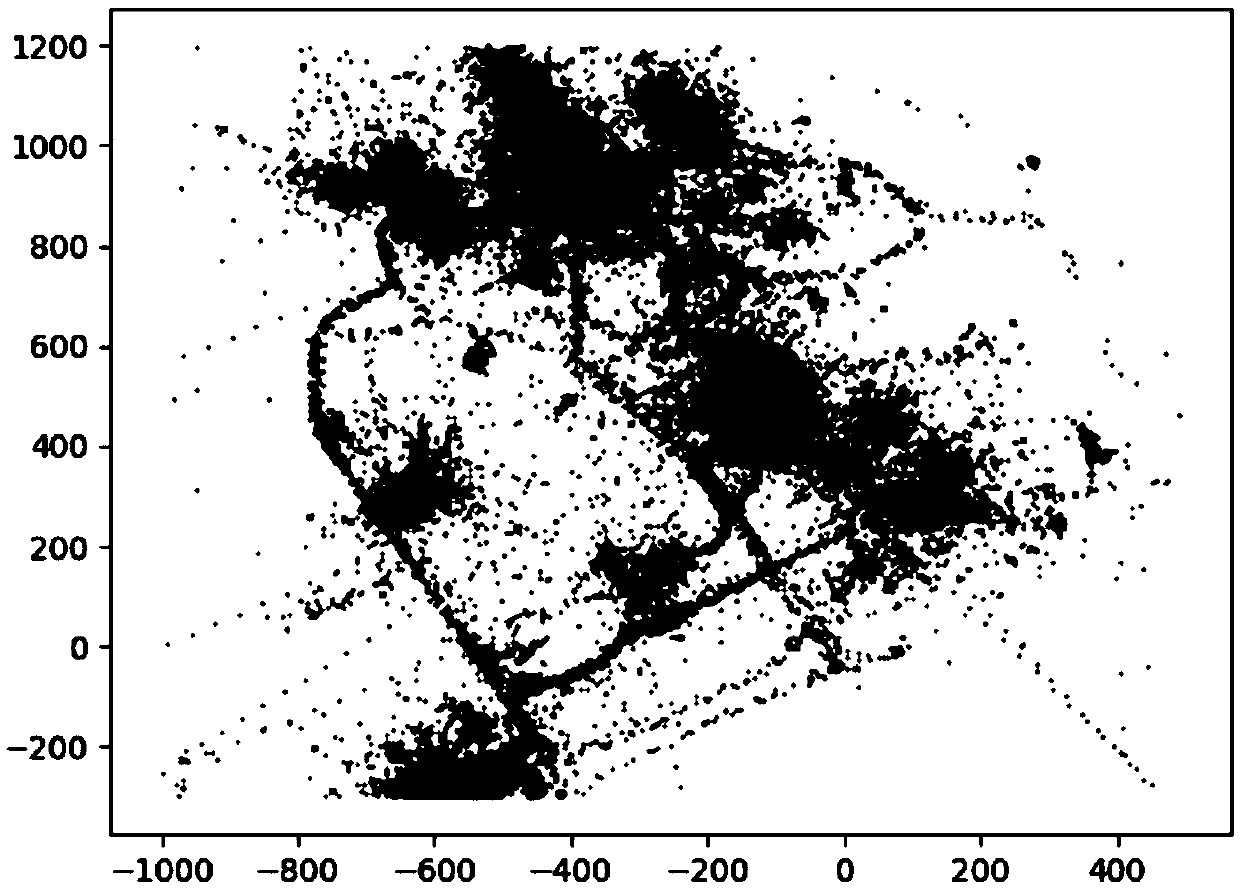A physical cell identification distribution method based on a maximum priority dyeing algorithm
A technology of physical cells and allocation methods, applied in character and pattern recognition, computing, computer components, etc., can solve the problem of limited number of PCI
- Summary
- Abstract
- Description
- Claims
- Application Information
AI Technical Summary
Problems solved by technology
Method used
Image
Examples
Embodiment Construction
[0051] The invention uses a K-means clustering algorithm to perform clustering processing on a large amount of mobile data of network users, thereby realizing the determination and division of hotspot areas. Then a PCI allocation method based on the maximum degree priority coloring algorithm is proposed. This method can quickly and effectively allocate and multiplex PCI to small cell base stations in hotspot areas, and at the same time reduce the conflict and confusion probability of PCI, and improve the efficiency of hotspot areas. User's network quality of service.
[0052] The present invention adopts the following technical solutions and implementation steps.
[0053] Step 1: Construct the deployment model of the cellular network base station. The macro cellular network base station adopts the traditional Wrap-Around deployment model, such as figure 1 As shown, the scene is 1500×1500m 2 Below is the simulated deployment diagram of a macro cell network base station. For ...
PUM
 Login to View More
Login to View More Abstract
Description
Claims
Application Information
 Login to View More
Login to View More - R&D
- Intellectual Property
- Life Sciences
- Materials
- Tech Scout
- Unparalleled Data Quality
- Higher Quality Content
- 60% Fewer Hallucinations
Browse by: Latest US Patents, China's latest patents, Technical Efficacy Thesaurus, Application Domain, Technology Topic, Popular Technical Reports.
© 2025 PatSnap. All rights reserved.Legal|Privacy policy|Modern Slavery Act Transparency Statement|Sitemap|About US| Contact US: help@patsnap.com



